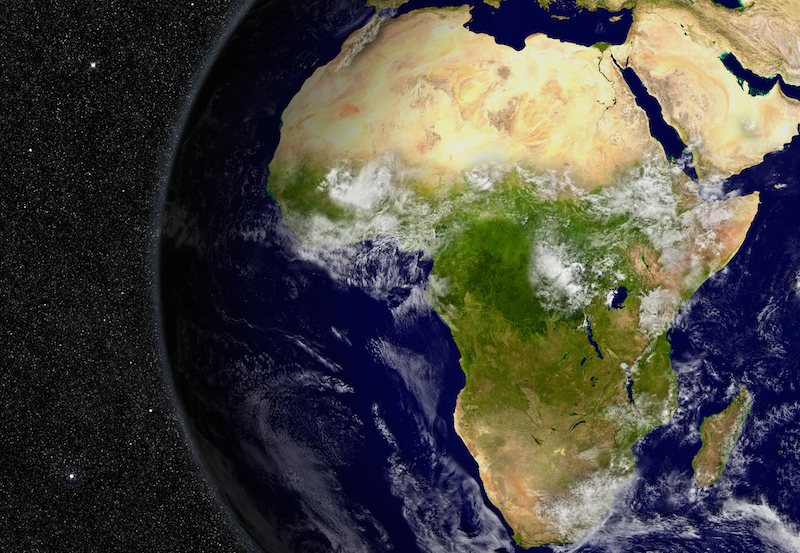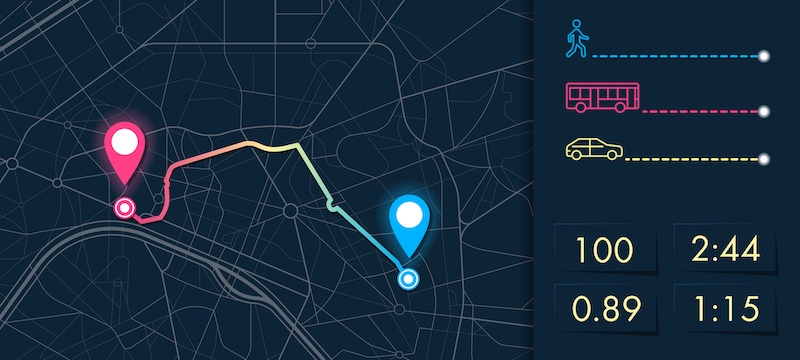 The medical field and technology are inextricably linked. There are scores of devices and other life-saving advancements that prove the point, but the relationship that’s emerging between GIS and public health is transformative.
The medical field and technology are inextricably linked. There are scores of devices and other life-saving advancements that prove the point, but the relationship that’s emerging between GIS and public health is transformative.
Interestingly, human illness and wellness both benefit from the wealth of available GIS data. Insights gleaned from near-real-time predictive analysis reveal patterns that inform researchers and officials about all facets of public health — from nutrition and exercise to pandemics.1 Further, since digital mapping is dynamic, it helps teams clearly visualize key information including origins, movement projections, and developing trends.1
GIS and Public Health Disease Detection/Prevention
The most recent example of GIS in action is the global tracking of the lethal COVID-19 coronavirus, as the U.S. Center for Disease Control (CDC) and the World Health Organization (WHO) implemented a network of GIS and analytics to document the movement and escalation of the outbreak. HERE also leverages data from the Center for Systems Science and Engineering (CSSE) at Johns Hopkins and DXY to track the virus outbreak in real-time, as shown below: .png?width=600&name=HERE%20COVID-19%20Map%20(003).png)
Source: Tracking Coronavirus COVID-19
GIS, Wearable Technology, and Healthcare
GIS and public health are often thought of only in relation to emergency situations. However, with the pervasiveness of wearable technology, accurate personal data is readily available for statistical assessment.
Broad data pertaining to geographies and demographics can be paired with more granular per-individual information such as sleeping patterns or heart rates to uncover regional anomalies.2 The results are instructive on several levels for healthcare providers as the data could point to new areas for research, or improvements in treatment plans.2
On a larger scale, mapped GIS data can empower community leaders and hospital networks to identify needed services and strengthen local healthcare.2
GIS and Social Media: A Healthy Combination
In some instances, information shared on social media platforms can serve as GIS mapping data. Simple searches for keywords — such as “flu” or “medication” — can garner results that point to locations that may be experiencing healthcare crises. Mapping origins and migration is not only potentially preemptive, it can also be projective. Since researchers can physically see clusters of health-related activity, they can more accurately predict where breakouts of annual illness such as influenza may have the greatest impact.2
Leveraging GIS mapping to further public health initiatives is innovative, but accuracy depends on the data used. HERE Map Data: A Comprehensive Overview details the products and ADCi services you can rely on to make confident choices. Download your copy of this handy reference guide now. SOURCES
SOURCES
1Directions Mag, What’s Your Status? Mapping Human Health, October 2, 2019
2HIT Consultant, 5 Benefits of Geographic Information Systems in Healthcare, October 29, 2015
Subscribe to ADCi's Blog
Related Posts

5 Ways GIS Is Changing Election Analysis

GIS Expansion into Africa using ADC WorldMap
